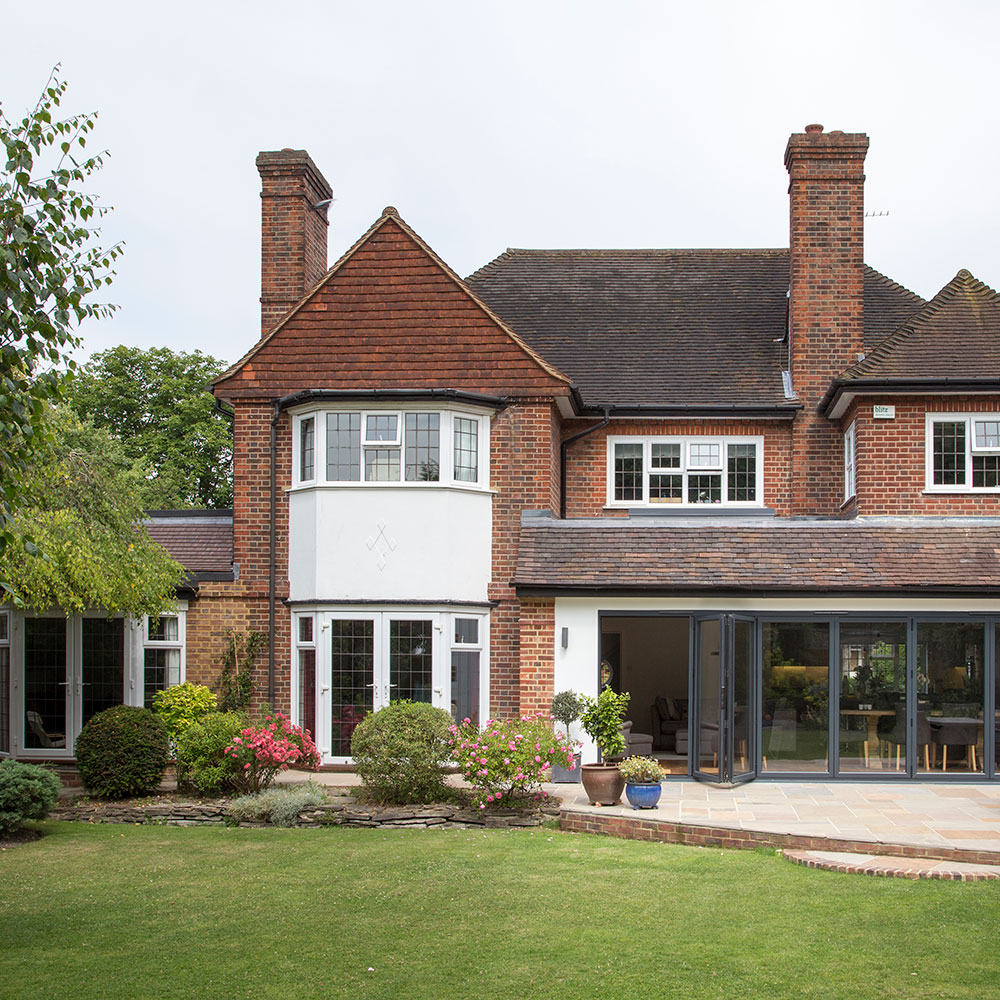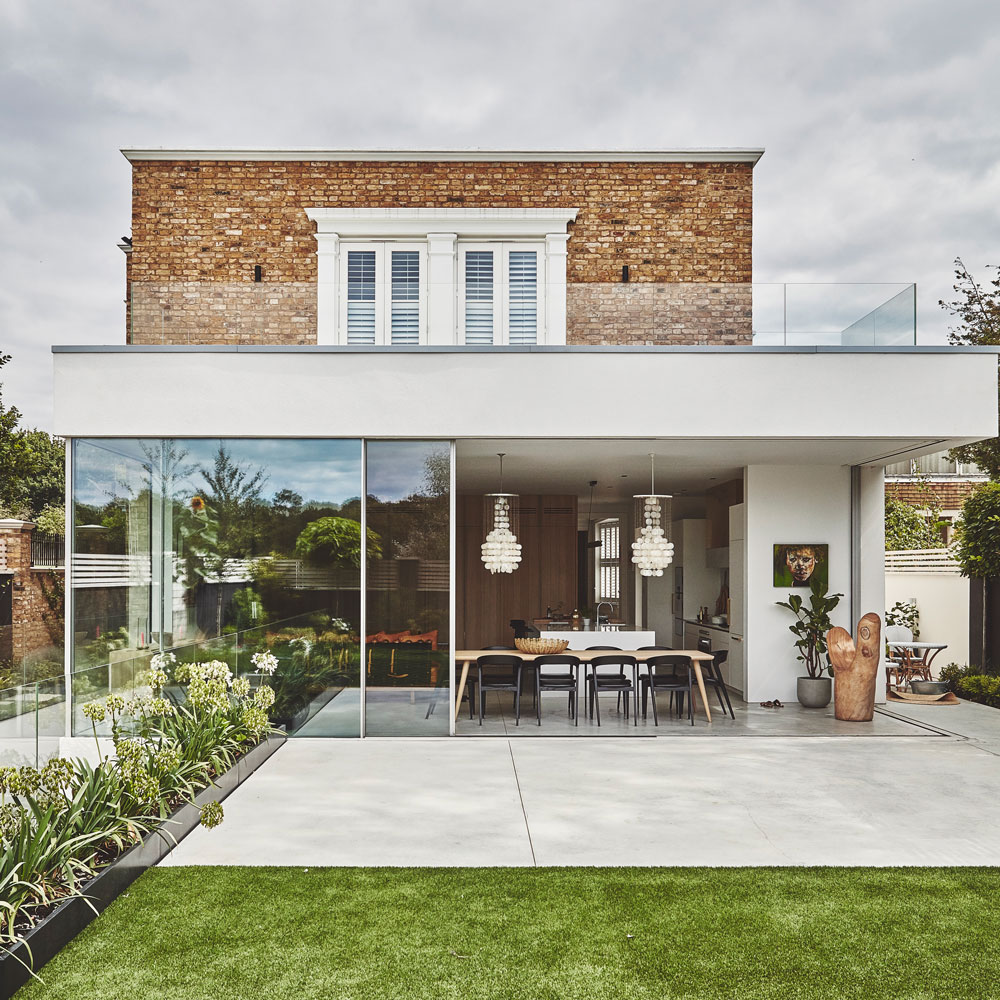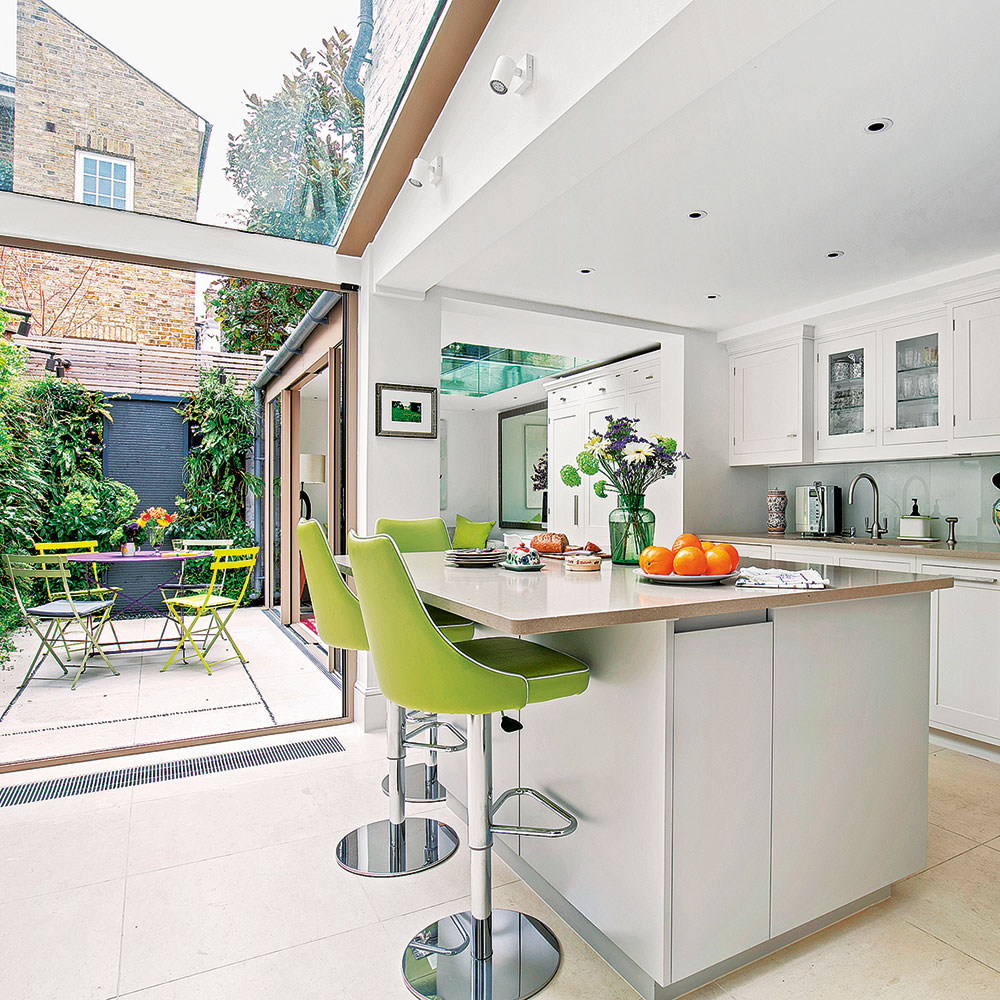What is the R Value for insulation and why is it important?
Understand how this important measure can keep your home warm and lower your energy bills

If you’re renovating or self-building, it's likely you'll be asking the question, 'what is the R Value for insulation?'. The answer is incredibly important.
When choosing what materials to insulate your home with, you need to consider the R Value. The R Value of each individual material is used to calculate the total U Value of a section of your home. By knowing the Values, you can then begin to understand how effective your home will be. This means being effective at preventing heat loss during the winter and keeping cool during the summer.
It's an essential factor to consider when you are thinking about ways to insulate your home. ‘The higher the R Value of a property, the less heat can escape through walls and loft spaces,' says Matthew Jenkins at MyJobQuote. 'As a result, the lower your energy bills will be.’
The R value also ensures that the materials you are installing achieve the correct U Value required by Building Regulations.
What is the R Value for insulation and why is it important?

So, what is the R Value for insulation? Well, an R Value is a rating given to a material on its thermal conductivity (how well it resists the flow of heat) and its thickness. ‘When insulating a building, the higher the R Value, the better,' confirms Bradley Hirst, technical services manager at Knauf Insulation. 'This is because less heat will escape, which ultimately reduces utility bills.’
Fundamentally, the most important thing when it comes to renovating a home or self-building, is that you want it to be warm and comfortable. You therefore need to choose building materials that are going to enhance your experience in your property to ensure its structurally safe and strong, as well as can withstand all weather conditions.
‘Improving your home’s energy efficiency means it will maintain a steady indoor air temperature because the heat won’t be escaping through the roof and walls,' says Bradley. 'This has become even more important than ever before with the current energy bill crisis.'
Get the Ideal Home Newsletter
Sign up to our newsletter for style and decor inspiration, house makeovers, project advice and more.
‘Then there’s the bigger picture to think about, too. ‘By upgrading the insulation in your home, you will be doing your bit to reduce the UK’s carbon footprint (all while keeping your energy bills down).’
How do you know what R Value to choose?

To understand what R Value to choose, you first need to know what U Value is required for your home. A U Value is the theoretical performance of a wall, floor or ceiling, taking into account all the materials used in it.
‘Minimum standards are listed in Approved Document L of the Building Regulations,’ says Bradley from Knauf. ‘If you are building a new home or upgrading your existing home through an extension or refurbishment project, the build-ups must meet these minimum standards. If they don’t, you may find that Building Control will not sign off the project until it’s been put right,’ he says.
Once you know what U Value is required, you can then select insulation materials with the correct R Value. When added to the area of the home you’re calculating (for example, a brick wall), these will meet the required U Value.
How is the R Value measured?

It's not just about what is the R Value for insulation - you also need to know how it's measured. R Values are calculated by dividing the thickness of a material (in metres) by its thermal conductivity (k-value or lambda value (λ)). The R Value is measured in metres squared Kelvin per Watt (m2K/W).
For example, the thermal resistance of 220mm of solid brick wall (with thermal conductivity 1.2W/mK) is 0.18 m2K/W. If you were to insulate the 220mm solid brick wall, you simply find the R Value of the insulation and then add the two together.
If you insulated it with 80mm thick foil-faced polyisocyanurate (with thermal conductivity 0.022W/mK), the R Value for the insulation would be 0.08/0.022 = 3.64 m2K/W. You would have a total R Value for the insulated wall of 0.18 + 3.64 = 3.82 m2K/W.
What is the best R Value for the UK?
The R Value needed for a building area can vary depending on its location in the UK. Making a one-size-fits-all guide near impossible. ‘For instance, a home in the Highlands will benefit from insulation with a higher R Value than a home in Cornwall where the climate is milder,’ says Matthew from MyJobQuote.
What’s more, it’s not simply a case of going out and buying the best insulation. There are many factors to consider when choosing the right product to insulate your home with.
‘Space availability, budget and the area of your home that is being insulated all affect the appropriate materials for the job,' says Matthew. 'It can be a challenge knowing whether fibreglass or foam would be the best material choice.’
What are the best R Values for different parts of a building?

If you're wondering what is the R Value for insulation for different areas of a property, then as a guide, Matthew from MyJobQuote.co.uk advises the following:
- External walls: Between R-13 and R-21. External wall insulation can vary with older builds, with solid stone exterior walls unable to contain any additional insulation unless it is added externally.
- Lofts & attics: Between R-30 and R-39. When it comes to roof and loft insulation, it stands to reason that the highest levels of insulation should be at the top of your build, where heat will rise and try to escape.
- Basement walls: Between R-11 and R-15. Basements are often cold and damp so insulation can combat the potential drop in temperature. However, heat loss is less significant in the lowest level of a house so less insulation is required.
- Floors: Between R-13 and R-30. This will help retain heat and keep the chill from underfoot.
- Ceilings: Between R-19 and R-38. Insulating your ceiling is vital to help maintain a stable inner temperature inside your home.
If in doubt, you should always seek advice from the architect designing your house project. Alternatively, a specialist installer can take all the different factors into consideration to work out what the appropriate insulation is for your home. Visit the National Insulation Association for a list of accredited installers and manufacturers in your area.

Sophie Vening is a freelance journalist and editor with more than 16 years’ experience writing about homes and properties. She’s worked for some of the UK’s leading interiors, self-build and property titles including, Grand Designs, Ideal Home, House Beautiful, Build It, The Metro Homes & Property and The Evening Standard Homes & Property.
She enjoys writing about complex issues in an easy-to-understand way.
-
 Will a conservatory add value to your home and how can you maximise it?
Will a conservatory add value to your home and how can you maximise it?This is what the pros say
By Amy Reeves
-
 I’ve been looking for a new signature scent for my home and The White Company's new fragrance is the exact summer holiday smell I needed
I’ve been looking for a new signature scent for my home and The White Company's new fragrance is the exact summer holiday smell I neededSantorini smells fresh, summery and sophisticated
By Kezia Reynolds
-
 How to remove algae from garden walls in five steps – and the cleaning product experts rave about for tackling it fast
How to remove algae from garden walls in five steps – and the cleaning product experts rave about for tackling it fastExperts share their top tips for getting garden walls algae-free
By Katie Sims